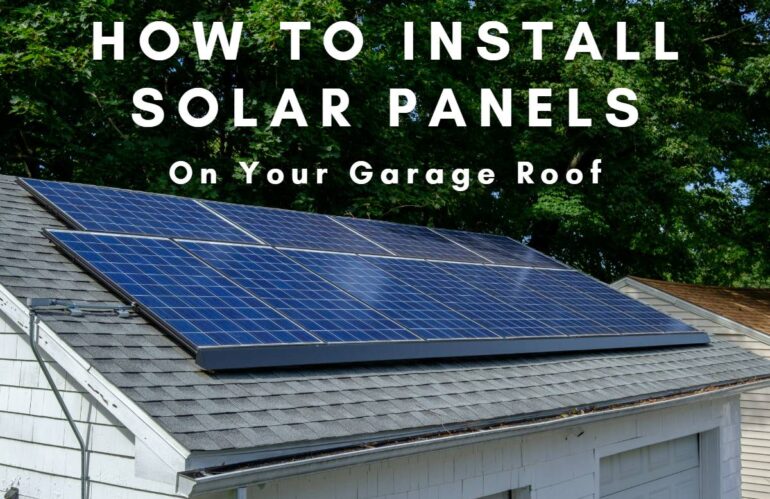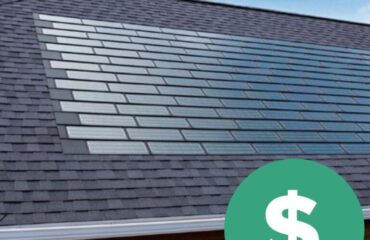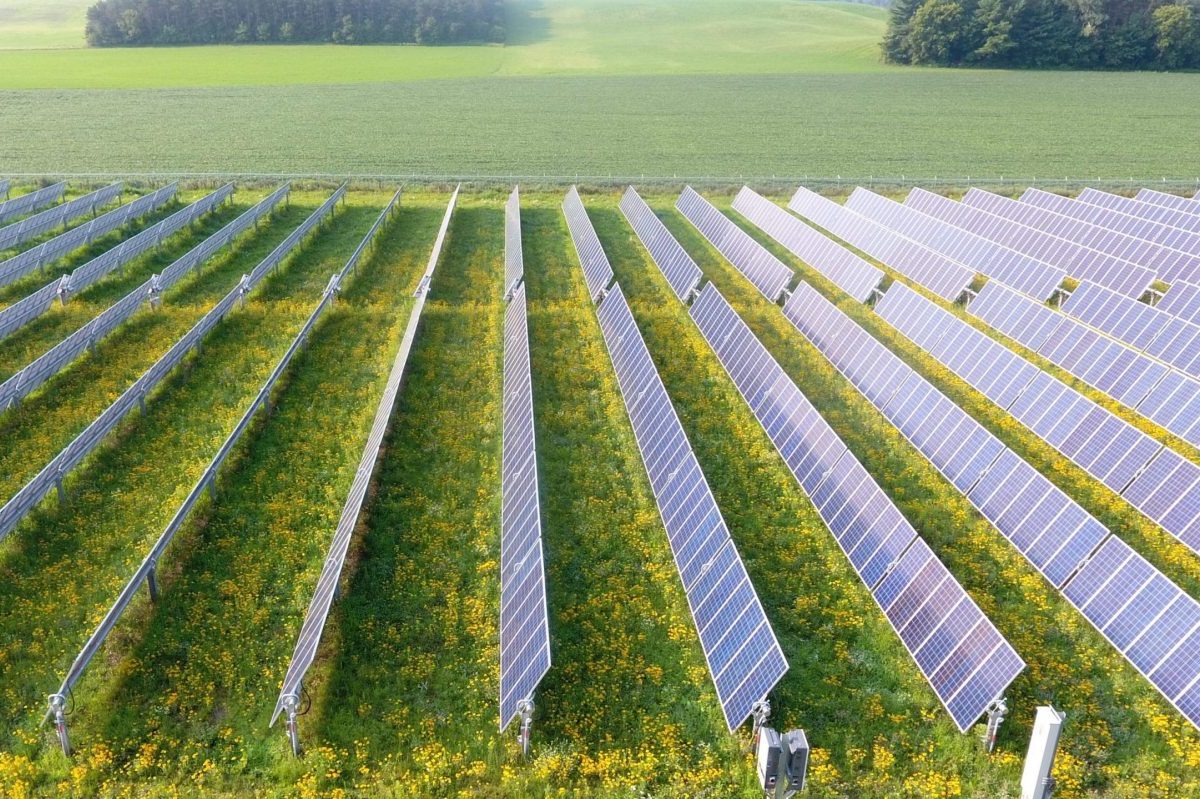The million-dollar question is, “can you install solar panel garage roof?” The short answer to this is yes, you can as long as the structure of your garage roof allows you to install solar panels. It’s safe to say that not every garage roof is suitable for putting solar panels. This leads us to another question, “is your garage roof suitable for solar panels?” and how long do they take to install?
Many homeowners have become acquainted with solar power, either they are installing new solar panels or adding panels to an existing array. The fact that the cost of installing solar panels has become more affordable over the years makes it even more popular as the years go by. Not to even mention the numerous benefits of installing a solar power system.
As you know, the off-grid system comprises wiring, solar batteries, solar inverters, a charge controller, and solar panels, which are bodies of solar cells that trap energy from the sun to generate power for the building.
On the other hand, a grid-tied system consists of just solar panels, wiring, and an inverter to convert DC power (actual solar power) to AC power (usable electricity).
This article seeks to answer any questions you may have regarding having solar panels installed on your garage roof space as well as a step-by-step guide to installing solar panels on a garage roof.
Why Do People Install Panels on a Garage Roof?
The answer is simple. Some homeowners have a detached garage, separated from the main building by a few or several feet. There are reasons for installing solar panels on the roof of a garage.
The first reason is to provide power for the garage itself. The garage door opener, for instance, requires electricity to function. Alternatively, it may be for charging an electric car.
The second reason is that some homeowners prefer to use their detached garages instead of the house as the site for installing a solar panel system for aesthetic reasons.
Lastly, most garages may be better suited than their homes because the roof directions of the latter face south, which is the best direction for tapping enough sunlight.
Before we delve into the process of installing solar panels, there are certain considerations to take note of before you install garage roof solar panels.
Factors to Consider Before You Install Your Solar Panels
The Shape of Your Roof
Your roof shape matters greatly because it determines how many solar panels you can install. “What kind of roof do you have?” “Is your roof structurally sound?” There are flat, gable, and hip roofs.
Gable roofs are the most popular. They have a pyramid-like shape which is made up of a couple of flat, rectangular sides that meet at the same point. This roof shape creates space for installing enough solar panels. It’s one of the best roof structures for a good solar array. This house roof has moderate solar receptivity.
Flat roofs are the least-used roofs for residential structures. They are more common in industrial buildings. This roof structure is the best for the solar installation process because it doesn’t matter how the building is positioned. A solar installer can position the solar panels in any direction because the roof has a very high solar receptivity and can generate enough power for your needs.
Lastly, hip roofs comprise four slopes culminating at a single summit and a drainage system around the edges to prevent the accumulation of water on its surface during rainfall. It’s a very good option for a solar system during extreme weather conditions because it offers adequate exposure to produce energy from the sun. The topography of the roof can be a hindrance to installing more panels.
Roof Material
Certain roof materials work better with solar panels than others. Roofing materials such as asphalt shingles are more suitable to place solar panels on because of their durability and flexibility. Tile roofs are less flexible and durable than asphalt shingles, but it benefits the solar system. Metal roofing material is the best for solar technology because it’s highly reflective, performs well during high winds, and lessens the energy stress on solar panels.
Roof Pitch
The angle of your garage’s roof is an essential factor to consider because it determines how much energy your solar panels can accumulate from the sun. The roof pitch of your detached garage is largely determined by its geographical location.
The optimal angle for adequate exposure to the sun is 45 degrees. This will help your solar panels to produce more electricity.
Anything lesser can alter the angle of your solar panels and their mount. On the other hand, a higher angle will impair the ability of the solar system to generate sufficient solar power.
Presence or Absence of Shades
If you intend to put solar panels on the roof of your detached garage, you have to check if there are potential constructors on the property that can block more sunlight and affect the efficiency of the solar panels. Obstructors like trees or similar structures shouldn’t be very close to your garage to ensure maximum output from the panels.
Step-By-Step Guide to Installing Solar Panels on Your Garage Roof
Before you put solar panels on your roof, you should have the following in mind because they will influence your installation decisions;
- The space: Whether your detached garage roof has enough space or not matters (this determines the number of solar panels you can install)
- The number of solar panels you want to install (the number of panels you install determines whether you can generate enough electricity or not)
- Your electricity demand (you need to know if the space on your roof is enough to meet your needs)
- The cost of the installation fees
The Process Itself
If you hire a solar system company to handle your installation, you don’t need to bother about this section. However, if you’re very handy and want to save on the costs of installation, follow the process below:
- Step 1: Place your mounts on the roof
- Step 2: Ensure your mounts are spread four feet apart from each other and are placed on rafters
- Step 3: Use power tools to drill holes into the rafters
- Step 4: Use steel bolts to hold the mounts in place and ensure you seal the nearby areas
- Step 5: Place the solar panel on the mount
- Step 6: Connect the wiring of the solar panels to the building
There are different solar systems. The easiest solar energy system to install is the grid system (without batteries). Other types include grid systems (with batteries) and off-grid systems.
Benefits of Installing Solar Panels on the Roof of Your Garage
When the electricity generated for your home comes from a solar energy system, it poses several benefits for the user, including:
Solar Energy Reduces Your Carbon Footprint
Using a solar energy system shows you’re environmentally conscious because it’s an eco-friendly power generating system. Unlike fossil fuels such as natural gas, gasoline, etc., the utilization of renewable energy doesn’t emit greenhouse gasses into the atmosphere.
Electricity generated from the sun doesn’t harm the environment, which is precisely why many establishments and homes are going solar.
It Incurs Lower Utility Bills
Going solar, depending on whether it’s going to be a main or backup power source, either reduces or eliminates one’s electricity bill.
If all your electricity comes from your panels, that means you won’t be paying any bills to the utility company. On the other hand, if it’s backup electricity (let’s say at night) or extra power, it will reduce your utility bills.
Initially, the cost of purchasing and installing panels may be off-putting, but in the long run, it’s far more cost-effective than conventional electricity. After installation, there are no more major expenses to incur.
Net Metering
This electric billing tool allows homeowners to earn bill credits from the power company in their locality. They do this by selling the excess electricity or additional load generated from their solar panels to the power grid. Net metering isn’t available in every area, so you should do your research to know if local regulations have provisions for it.
Net metering also works with grid-connected systems rather than their off-grid counterparts.
A Great Alternative Source
Whether it’s a grid-tied or off-grid setup, solar power is a good alternative to conventional electricity because of the numerous benefits mentioned above.









